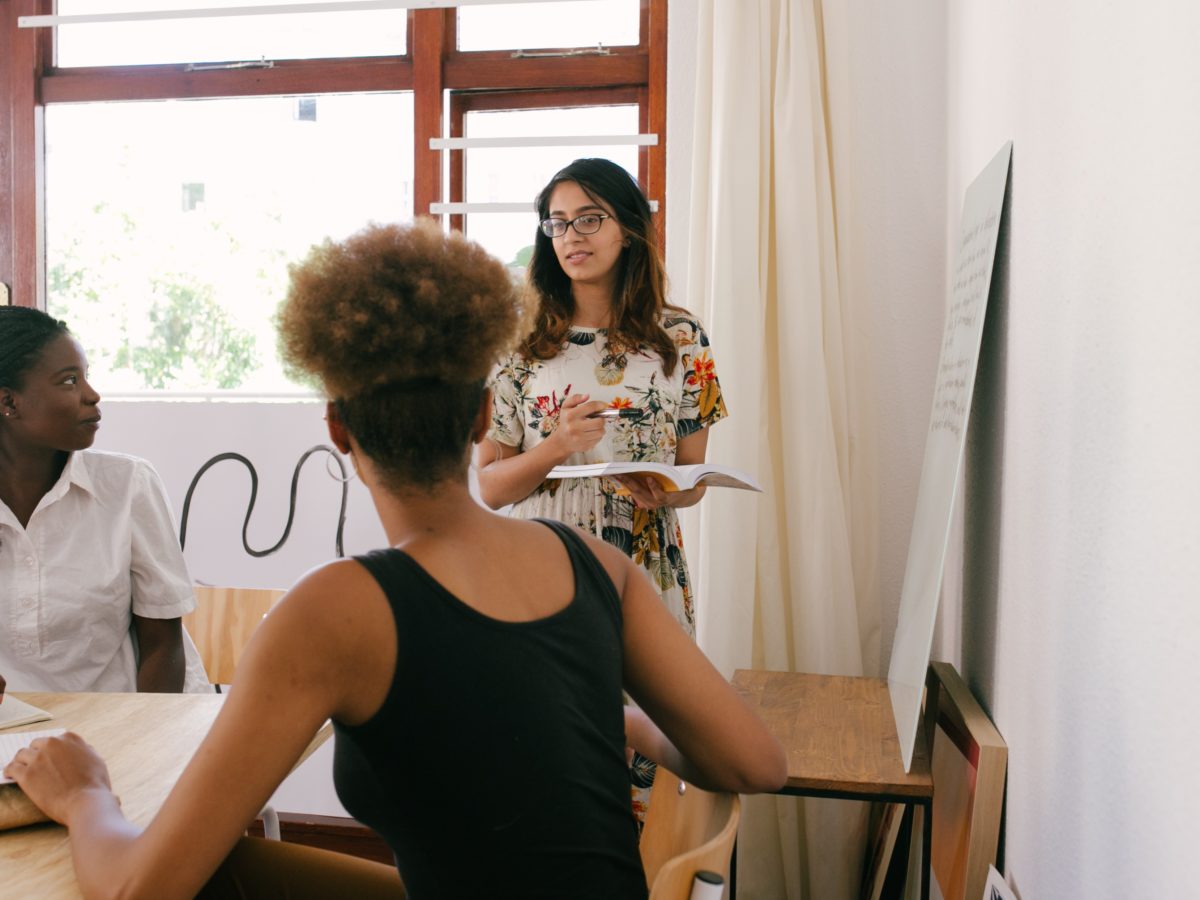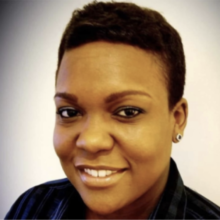
The year was 2011 and I was just starting my career as a high school science teacher. I was excited, nervous, apprehensive, and totally naive. I remember walking into my classroom and proceeding to teach the way I was taught, or at least attempting to do so. How could my students not thoroughly enjoy a 30-minute-long PowerPoint presentation and a step-by-step laboratory exercise? This worked for me when I was going through school, so it should surely work for them.
Needless to say, my efforts were not appreciated by my pupils. The semester took a turn for the worst in terms of classroom management and student comprehension. My young learners made it clear that the way I learned when I was their age was not going to work for them. I remember crying to my in-house science coach about the situation, and she pointed me in the direction of active learning theory. Interestingly enough, even though I was fresh out of a teacher preparation program, the idea of active learning never dawned on me as I planned and wrote my lessons.
My coach informed me that it was my job to create situations in my classroom where students were doing the heavy lifting. This meant that students needed multiple opportunities to think about, make meaning of, and apply the content. My students also needed chances to work with each other to better understand what we were learning in class. After extensive YouTube and Google searching, I felt that I was ready to incorporate some active learning practices into my teaching. This would be the beginning of a seven-year journey focused on building my “teacher toolkit” to include a variety of strategies to engage students.
An interesting phenomenon occurs when we work to learn new things and grow in our teaching practice. We come across something new, learn it, implement it, and tend to push older techniques to the wayside. Tools, resources, or strategies that were once the “hot topic” seem to get their moment in the sun, and then eventually fade into the background as new research and trends emerge.
What happens to our old learning? Do we tuck it away and never revisit the tried-and-true techniques that were once used to reach our students? In my particular area of expertise, science has given way to STEM, and the scientific method has all but been replaced by engineering design. While I recognize a need for the evolution of the content we teach as well as the fashion in which we teach it, some practices from our earlier successes in the classroom are still relevant and worthy of implementation.
One might argue that many of the current “best practices” in education are simply the rebranding and repackaging of old techniques that have stood the test of time. In the case of both science and STEM, students will need to successfully work together, communicate their findings, think creatively, and employ other soft skills to reach proficiency.
The active learning strategies that I first learned as a new science teacher are still effective in helping students grow in STEM learning spaces. With this in mind, I urge my fellow educators to think back to some of their most effective lessons. What was it about those learning experiences that made them go so well? What types of strategies did you employ to ensure that students were actively engaged with each other and the content? How did the flow of the lesson make you feel?
Hopefully your trip down memory lane will prompt you to dust off some of your more seasoned practices and bring them out of retirement. Now more than ever, students need teachers who are willing to push themselves to become stronger practitioners. Part of this work includes reflecting on prior successes as well as areas of improvement. The reflective practitioner consistently goes through the iterative process of revision and refinement to better reach students. As we look back, it is imperative that we utilize all that we have learned to best reach our students.
